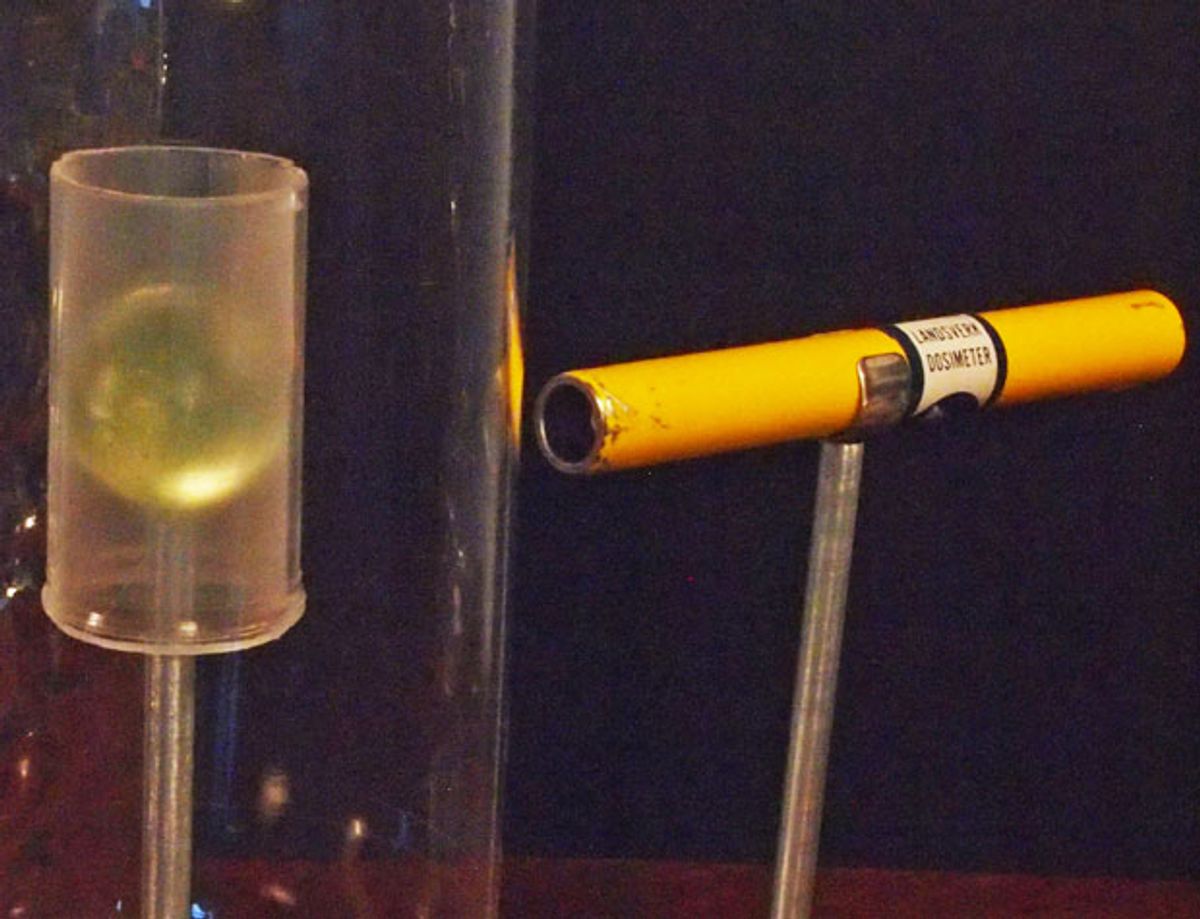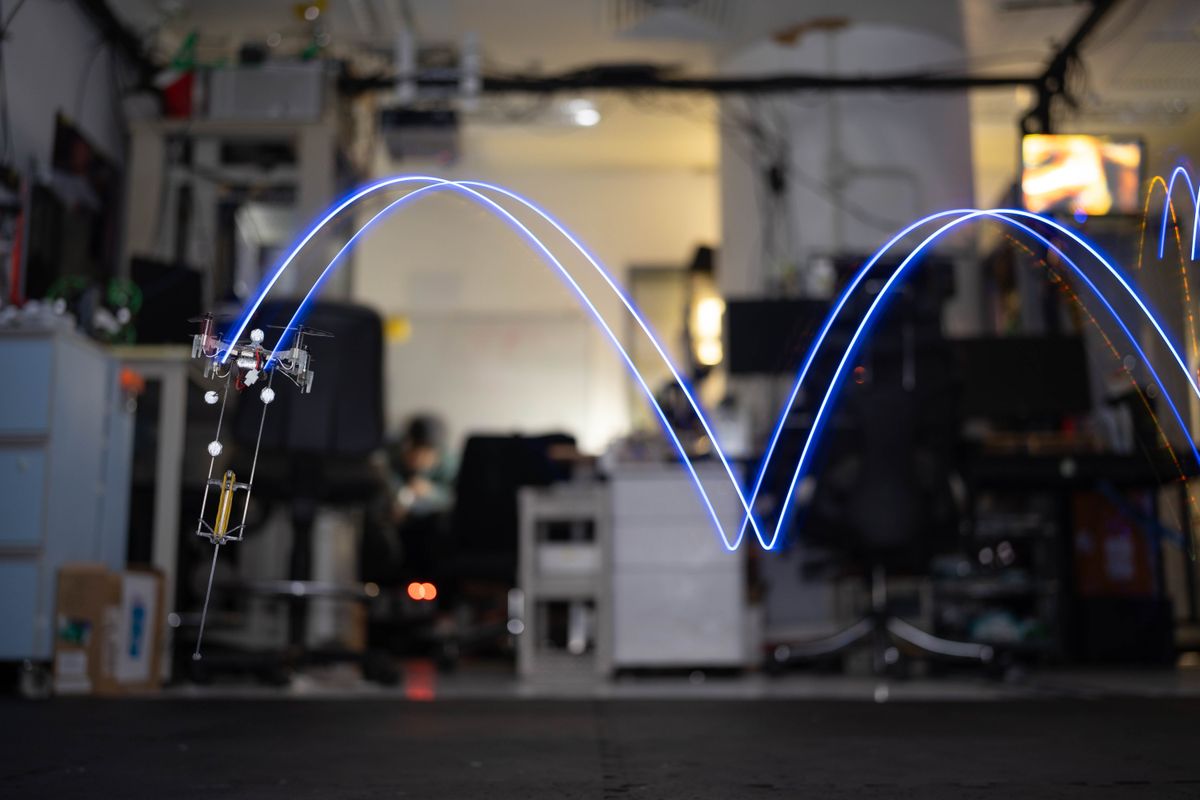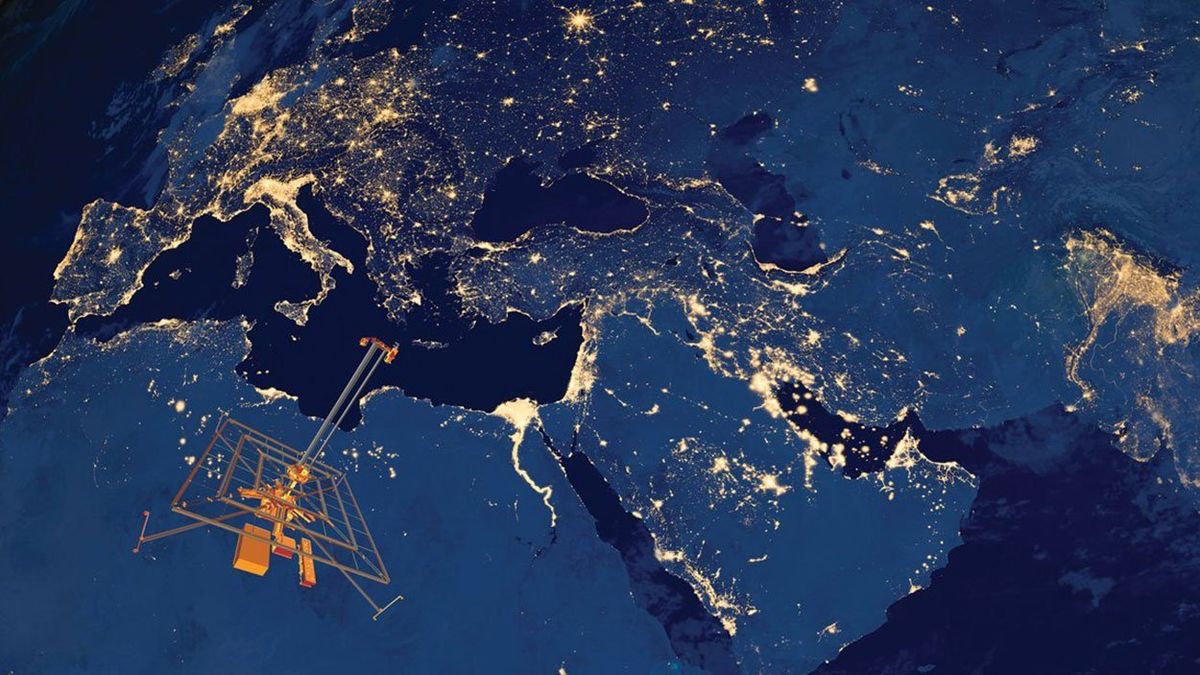Conceptual artist and self-described experimental philosopher Jonathon Keats has previously snapped up San Francisco real estate in extra dimensions, exhibited paintings based on the average color of the universe (beige, in case you were wondering), and created television programming for plants.
Next week, he will install what could (very very arguably) be called the world's first quantum ATM. It will be available from 1:00 pm EST on June 11 through June 14 at the Engineer's Office Gallery, a tiny alcove in the basement of 20 Rockefeller Plaza that once housed a water fountain. According to Keats' press release for the project, the concept has the potential to "fix the world economy by bolstering finance with quantum physics." This quantum bank, it continues, "will be the first financial institution with the technological means to make money quantum, resulting in a nearly infinite proliferation of wealth."
How would it do that? The ATM consists of two areas - one for deposits and one for withdrawals (which, Keats says, will be stocked with bills bearing the word "quantum" on them). These will sit near an enclosure containing a small sphere of uranium, which will periodically emit an alpha particle. These particles can in principle hit any one of 7 billion boxes—corresponding to 7 billion accounts—that have been inscribed on a plastic cylinder surrounding the sphere. Like Schrödinger's Cat, so long as the ATM remains insulated from the outside world, the deposit exists in a superposition of many possible states: it is effectively credited to all seven billion accounts at once.
In reality, of course, this is a conceptual piece. Deposits don't trigger anything in the ATM (the uranium will keep spitting out particles quite happily even if no one deposits any money) and even if the ATM were recording deposits and alpha particle hits in some way, if you went so far as to open up the box and measure what's inside, you'd find only as much money as had been put in (the delicate superposition of states would collapse).
But I like this project. It's another way to think about the abstraction of money and a reminder of how modern currency has diverged from physical measures of wealth, such as gold. It's also a nice, macroscopic way to think about the fundamental strangeness of quantum mechanics. And it might be the closest we get to real, uncounterfeitable quantum money for a while yet.
Rachel Courtland, an unabashed astronomy aficionado, is a former senior associate editor at Spectrum. She now works in the editorial department at Nature. At Spectrum, she wrote about a variety of engineering efforts, including the quest for energy-producing fusion at the National Ignition Facility and the hunt for dark matter using an ultraquiet radio receiver. In 2014, she received a Neal Award for her feature on shrinking transistors and how the semiconductor industry talks about the challenge.



